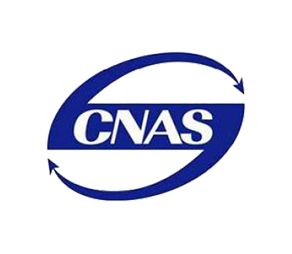Heating systems are an essential part of modern homes and buildings, ensuring comfort during cold seasons and providing energy-efficient hot water distribution. Among the different piping solutions available, PPR water pipes have become one of the most popular choices for central heating systems, radiator connections, and underfloor heating installations. Their reliability, durability, and cost-effectiveness make them a strong alternative to traditional materials such as copper and PEX.
This article will explore how PPR water pipes and PPR pipe fittings compare with other materials in heating systems, and provide practical maintenance tips to ensure long service life.
What are the Main Uses of PPR Pipe Fittings?
As you have seen earlier, PPR pipes have several economic, ecological, and durability benefits. This is why these pipes are used in a variety of applications. Keep reading to discover the primary uses of PPR pipe fittings below:
PPR pipe fittings are usually used in the construction of cold and hot water systems. The ability of PPR pipes to withstand both hot and cold temperatures without breaking or cracking makes it the best option for cold and hot water systems. Besides, its low thermal conductivity means that the fluids will retain the required temperature.
PPR fittings are the go-to option for discharging chemical fluids, including industrial waste. PPR piping is the ideal pipe fitting for industries due to its ability to withstand strong chemicals and alkaline solutions.
PPR pipe fittings are also used as purified water supply systems. These pipes are durable and can last for more than 50 years. What is more, they do not break or crack easily even under intense conditions.
The PPR pipes are perfect for a building’s heating system. These pipes can be installed inside floors, radiant, wall heating systems. These pipes can withstand all surfaces and conditions, making them the perfect option for all your heating needs.
505096.webp)
PPR Water Pipes vs Other Materials in Heating Systems
PPR Water Pipes vs Copper Pipes
For decades, copper has been considered the standard in heating and plumbing systems. However, PPR water pipes have emerged as a competitive alternative due to several advantages:
Corrosion resistance: Unlike copper, PPR does not corrode or form scale deposits, ensuring a cleaner water supply in hot water heating systems.
Thermal efficiency: PPR has lower thermal conductivity, which means less heat loss during distribution. This results in a more energy-efficient central heating system.
Cost advantage: Copper prices fluctuate and installation requires skilled labor, while PPR installation is faster and more affordable.
PPR Water Pipes vs PEX Pipes
PEX is another widely used material in underfloor heating and hot water systems. While flexible and easy to install, it differs from PPR in several ways:
Temperature resistance: PPR performs better in systems with higher and continuous hot water temperatures, such as radiator heating.
Connection method: PEX usually relies on mechanical fittings or clamps, which may loosen over time. In contrast, PPR pipe fittings such as ppr elbow, male adaptor ppr, and ppr reducer are joined using heat fusion, creating a seamless and leak-proof connection.
Durability: PPR is more resistant to pressure and thermal stress, making it highly suitable for long-term use in central heating systems.
PPR Pipe Fittings vs Metal Fittings
When building a heating system, fittings play an equally important role as the pipes themselves. PPR pipe fittings have unique advantages compared to traditional metal fittings:
Reliable connections: Heat fusion ensures a monolithic bond between the pipe and fittings, minimizing the risk of leakage.
Versatility: Components such as ppr elbow (for direction changes), male adaptor ppr (for connecting to radiators or metal valves), and ppr reducer (for size transitions) make installation flexible and compatible with different system designs.
Service life: Metal fittings may weaken due to corrosion or stress, whereas PPR fittings are designed to last as long as the pipes themselves—often up to 50 years.
Key Advantages of PPR in Heating Applications
The increasing preference for PPR water pipes and fittings in heating systems is due to several performance benefits:
1. Long lifespan: With proper installation, PPR pipes and fittings can last 30–50 years in hot water and heating systems.
2. Safety and hygiene: PPR is non-toxic and safe for drinking water, making it suitable for combined water supply and heating pipelines.
3. Energy efficiency: The thermal insulation properties of PPR reduce energy losses and improve overall heating efficiency.
4. Ease of installation: Heat fusion connections are quick and secure, reducing installation costs compared to copper.
Maintenance Tips for PPR Water Pipes in Heating Systems
While PPR water pipes and pipe fittings are known for their durability, proper maintenance ensures even longer service life and stable system performance:
1. Correct installation: Ensure accurate heat fusion welding temperature and time for strong, leak-free joints.
2. Pressure and temperature control: Keep the system within design limits to avoid unnecessary stress on the pipes.
3. Regular inspection: Pay attention to connection points such as ppr elbow, male adaptor ppr, and ppr reducer, which handle system transitions and may face greater mechanical stress.
4. Thermal insulation: Insulate exposed pipes to reduce heat loss and prevent external damage.
In modern heating systems, PPR water pipes and PPR pipe fittings have proven to be an efficient, safe, and long-lasting solution. Compared with copper and PEX, PPR offers better resistance to corrosion, improved thermal efficiency, and more reliable leak-proof connections. With fittings like ppr elbow, male adaptor ppr, and ppr reducer, PPR systems can be easily adapted for radiator connections, underfloor heating, and central hot water supply.
By following proper installation practices and routine maintenance, building owners can rely on PPR water pipes to deliver efficient heating performance for decades.
FAQ
Q1: Are PPR water pipes suitable for central heating systems?
Yes. PPR water pipesare highly suitable for central heating systems because they can withstand high temperatures and pressure. They are commonly used for hot water heating, underfloor heating, and radiator connections.
Q2: How long do PPR pipe fittings last in heating applications?
When installed properly, PPR pipe fittingssuch as ppr elbow, male adaptor ppr, and ppr reducercan last 30–50 years. Their heat fusion joints are leak-proof and more durable than mechanical connections.
Q3: What is the role of ppr elbow and male adaptor ppr in heating systems?
PPR elbow: Changes the pipe direction in heating pipelines while maintaining smooth water flow.
Male adaptor ppr: Connects PPR pipes to metal valves, radiators, or threaded fittings.
Both are essential for radiator and hot water heating installations.
Q4: Can PPR reducers be used in radiator and underfloor heating systems?
Yes. PPR reducersallow transition between different pipe diameters, making them ideal for systems that combine radiators and underfloor heating loopswhere pipe sizes may vary.
Q5: How to maintain PPR water pipes in heating systems?
Ensure proper installation with correct heat fusion.
Regularly inspect fittings such as ppr elbow and male adaptor ppr.
Keep the system within the recommended pressure and temperature range.
Use thermal insulation to reduce energy loss.
113.webp)
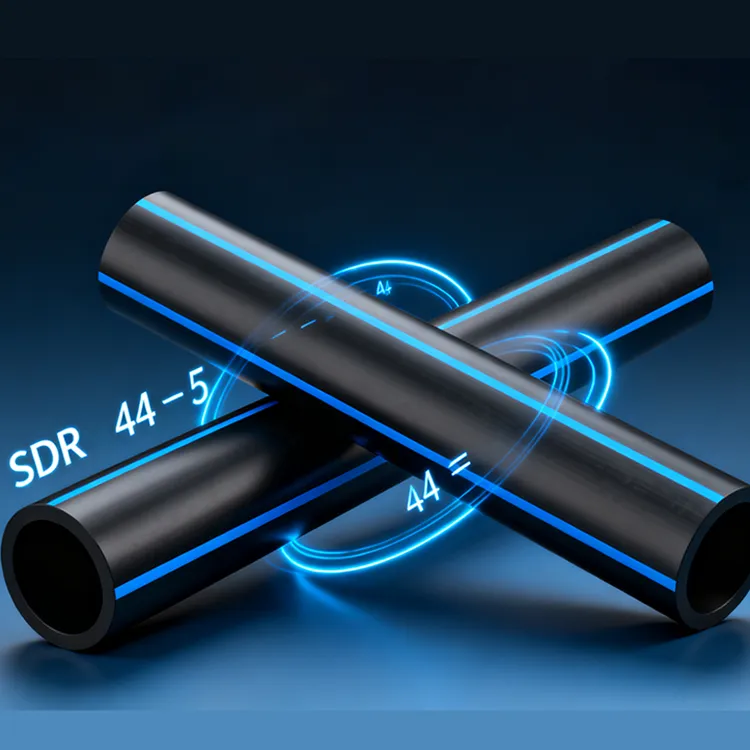
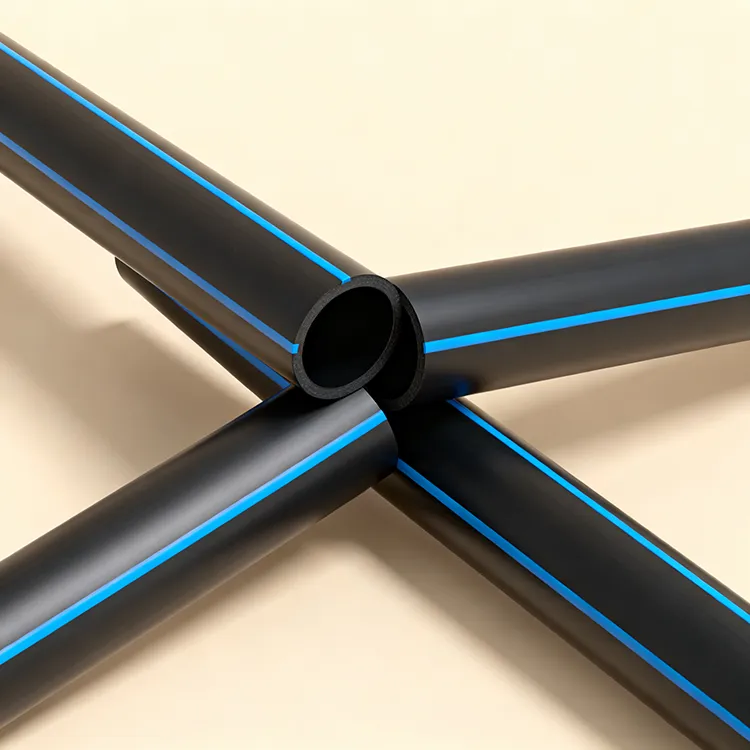
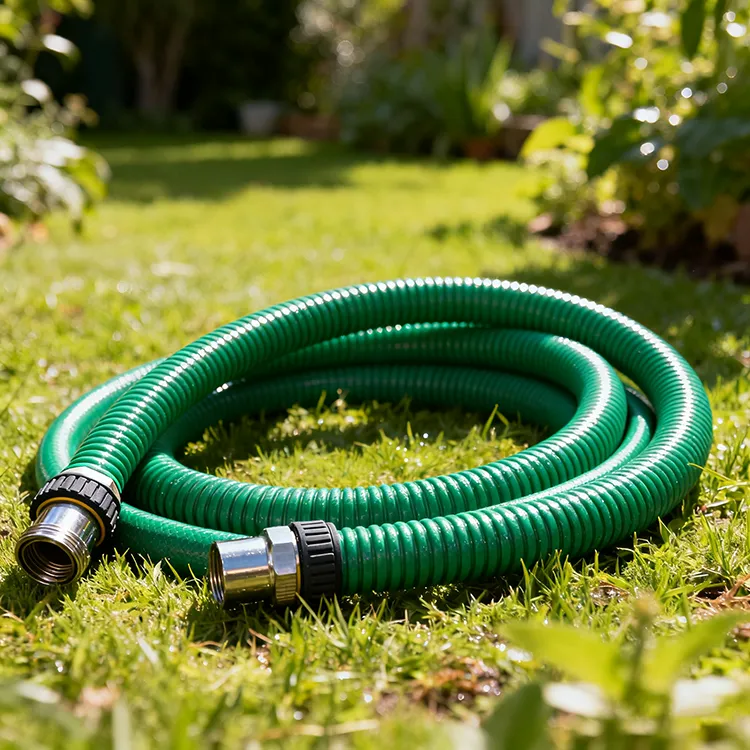
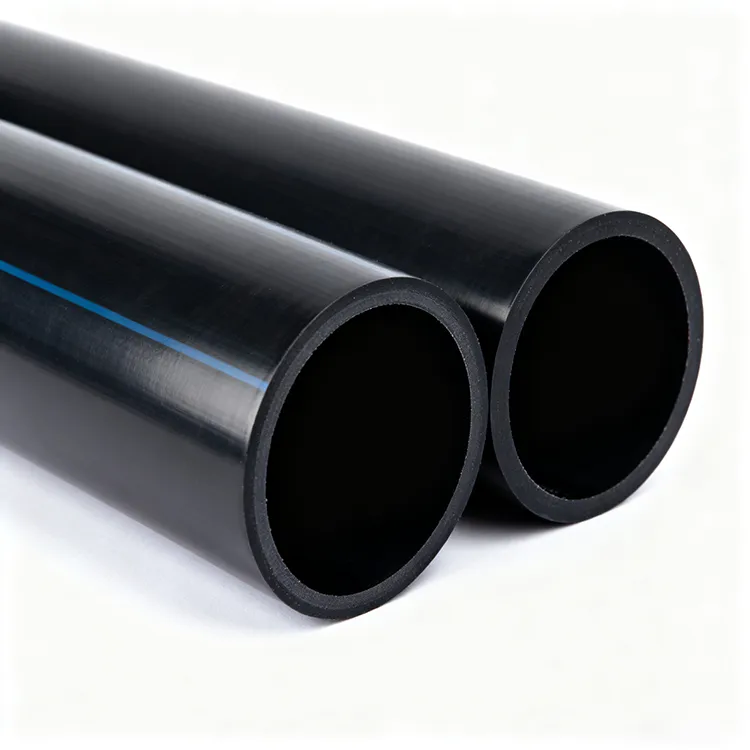
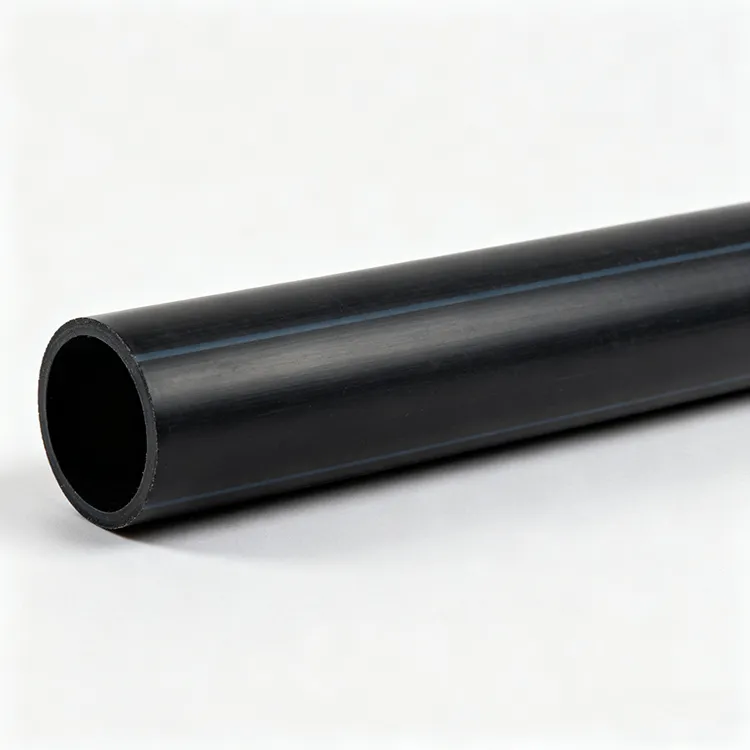
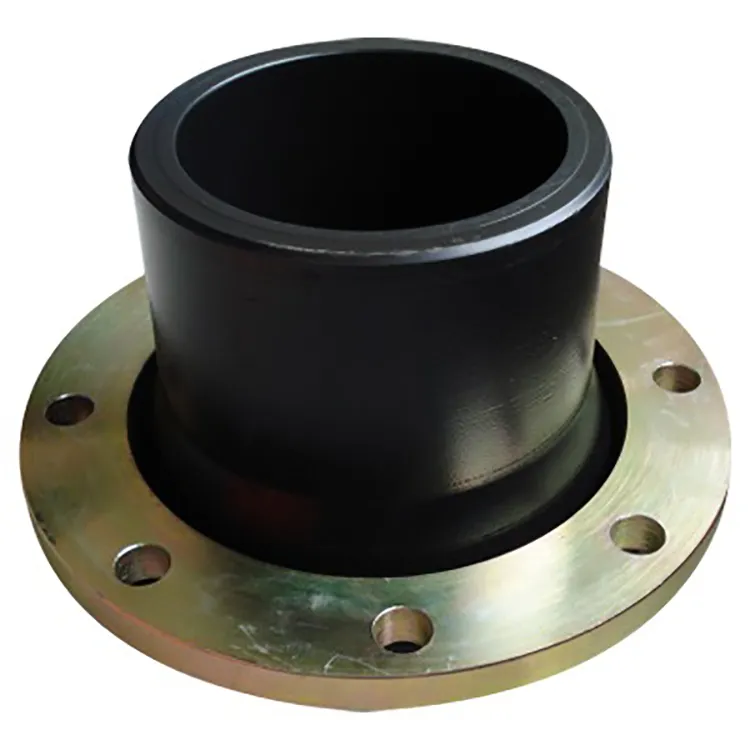
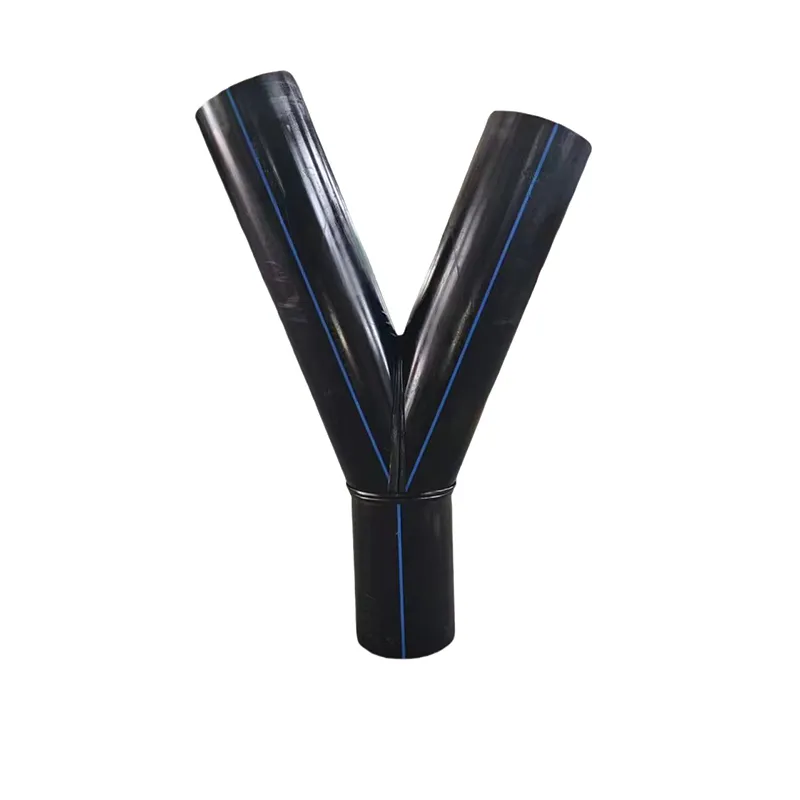
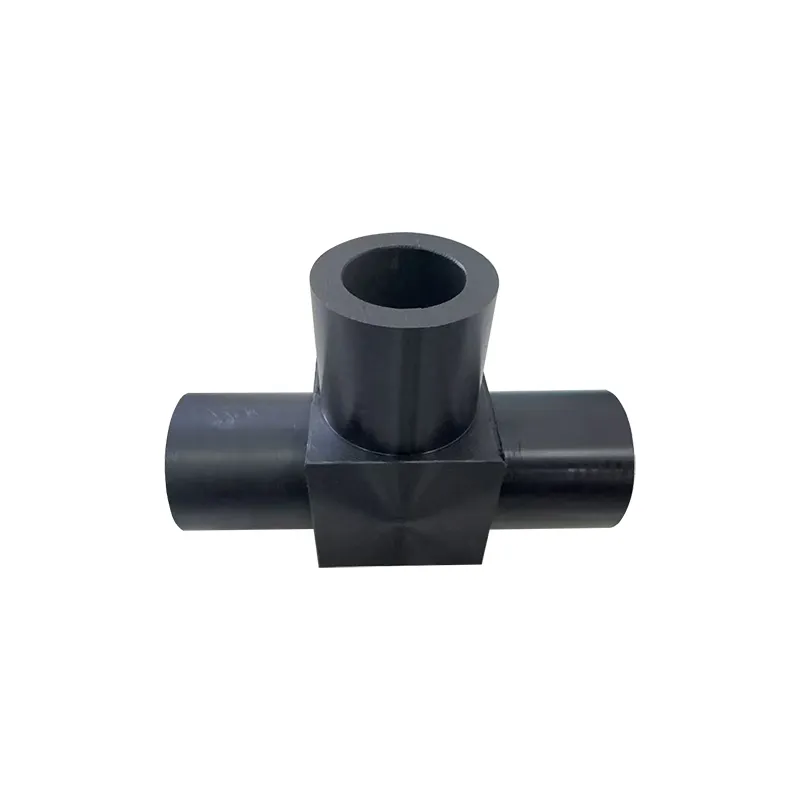
659.webp)
210.webp)
328.webp)
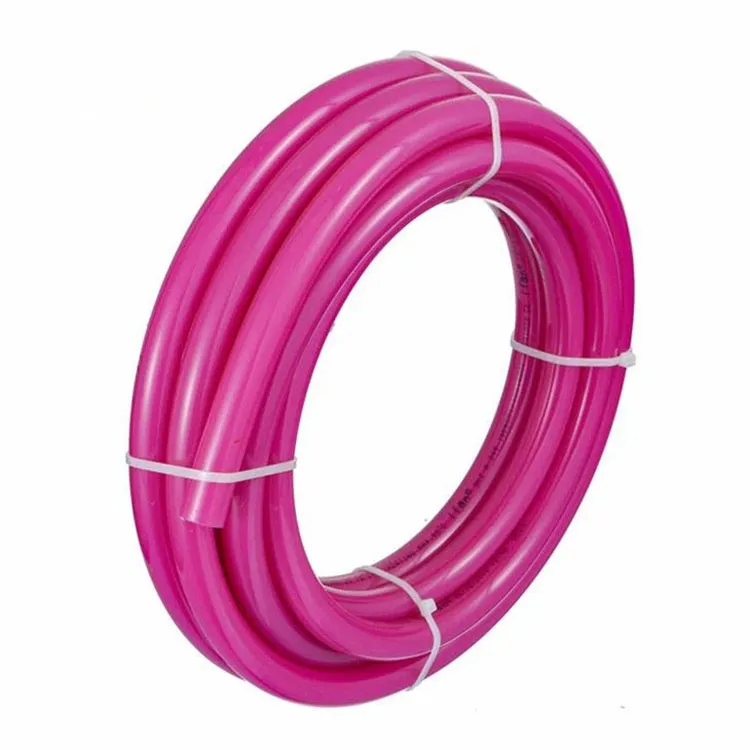
294.webp)
476.webp)

